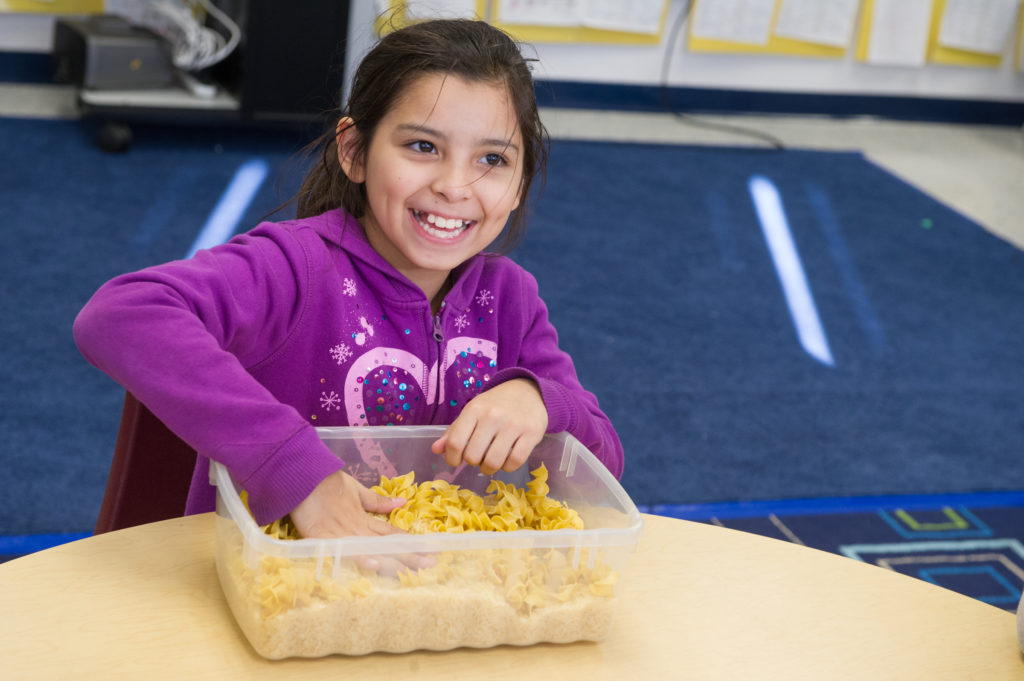

Nines need teachers to bring a good sense of humor and a determined lightness to the children’s introspection and challenges. Hyperbole abounds in nine-year-olds. You’ll hear “This is so boring!” (translation: “This is hard!”) and “I can’t believe we have to do this!” (translation: “I don’t get this”).
“Fairness” begins to become a constant issue toward the end of fourth grade and continues into the beginning of fifth grade (check out the children’s book Nothing’s Fair in Fifth Grade by Barthe DeClements). Teachers: Do not take this personally; the children own this territory! These cognitive challenges are more than mere posturing by nines. They’re signs of a remarkable developing resilience and intellectual curiosity, signs of maturing moral character and independent thought, signs of nines’ industriousness and impatience with the ways adults have made the world they begin to see that they will have the power and responsibility to change.
Nine is an age of learning a lot. Each child’s individual personality and way of presenting himself or herself to peers and adults stands out in clear relief at this age of reflection and beginning awareness of what adulthood has in store. As children enter the preadolescent years and become full-fledged “tweens,” they especially need patient listening and understanding from the adult models in their lives.
In this series based on Yardsticks: Children in the Classroom Ages 4–14, Chip Wood focuses on the positive developmental attributes generally present in children at different ages.